Ubuntu Linux CPU GPU performance test
Linux is getting easier and easier to use and more and more users, how to test CPU/GPU** and other performance under Linux**? At the same time, benchmark testing and stress testing methods are usually used to evaluate the performance of a computer. These tests also help to find hardware problems and system anomalies that are only observed when the system is under heavy load.
HardInfo
Installation command: sudo apt install hardinfo
You can use Synaptic or Software Center.
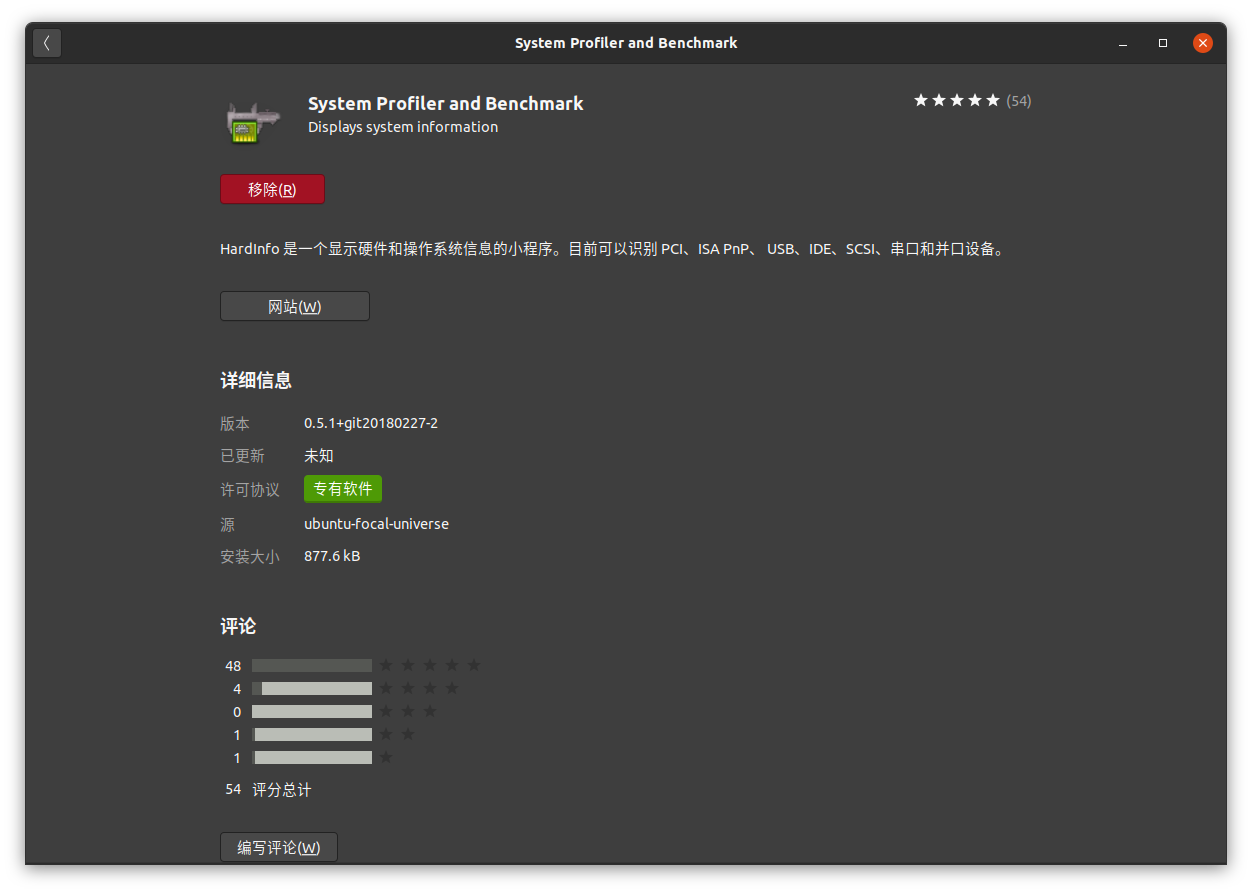 Hardinfo
Hardinfo
ros@ros:~$ sudo apt install hardinfo
[ sudo]Password of ros:
Reading package list...carry out
Analyzing the dependency tree of the package
Reading status information...carry out
The following software will be installed at the same time:
lm-sensors
Recommended installation:
fancontrol read-edid i2c-tools
The following [new] packages will be installed:
hardinfo lm-sensors
0 software packages have been upgraded, and 2 software packages have been newly installed. To uninstall 0 software packages, 1 software package has not been upgraded.
Need to download a 406 kB archive.
It will consume 1 after decompression,283 kB of additional space.
Do you want to continue?[Y/n] y
Obtain:1 http://mirrors.aliyun.com/ubuntu focal/universe amd64 hardinfo amd64 0.5.1+git20180227-2 [319 kB]
Obtain:2 http://mirrors.aliyun.com/ubuntu focal/universe amd64 lm-sensors amd64 1:3.6.0-2ubuntu1 [87.4 kB]
Downloaded 406 kB and took 1 second(719 kB/s)
Unselected package hardinfo is being selected.
( Reading database...There are currently 289,022 files and directories installed in the system.)
Ready to decompress.../hardinfo_0.5.1+git20180227-2_amd64.deb ...
Unpacking hardinfo(0.5.1+git20180227-2)...
Selecting unselected package lm-sensors。
Ready to decompress.../lm-sensors_1%3a3.6.0-2ubuntu1_amd64.deb ...
Unpacking lm-sensors (1:3.6.0-2ubuntu1)...
Setting up hardinfo(0.5.1+git20180227-2)...
Setting up lm-sensors (1:3.6.0-2ubuntu1)...
Created symlink /etc/systemd/system/multi-user.target.wants/lm-sensors.service →
/lib/systemd/system/lm-sensors.service.
Processing for mime-support (3.64ubuntu1)Trigger...
Processing for gnome-menus (3.36.0-1ubuntu1)Trigger...
Processing for systemd(245.4-4ubuntu3.1)Trigger...
Processing for man-db (2.9.1-1)Trigger...
Processing for desktop-file-utils (0.24-1ubuntu3)Trigger...
Hardinfo is a graphical utility for Linux that can display information about various hardware components in the PC, such as processors, RAM modules, sensors, hard drives, etc. It also supports exporting detailed reports about your system in txt or html format so that it can be shared with friends, compared with other systems or used for debugging purposes.
In addition to displaying general information about the system, HardInfo also provides some benchmarking tools to measure your hardware performance. In terms of CPU benchmark testing, it includes five methods: CPU Blowfish, CPU CryptoHash, CPU Fibonacci, CPU N-Queens and CPU Zlib.
Use: hardinfo
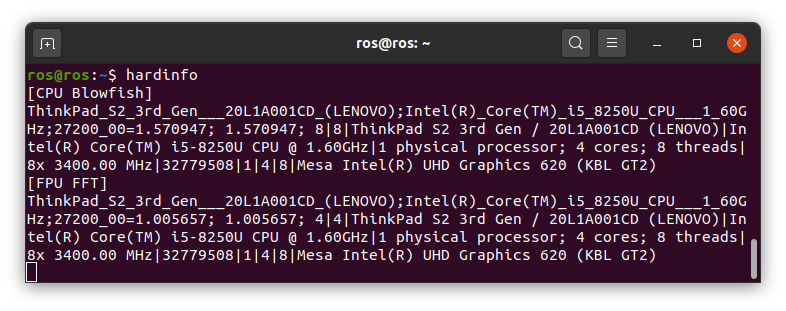 terminal input: hardinfo start the application
terminal input: hardinfo start the application
system message:
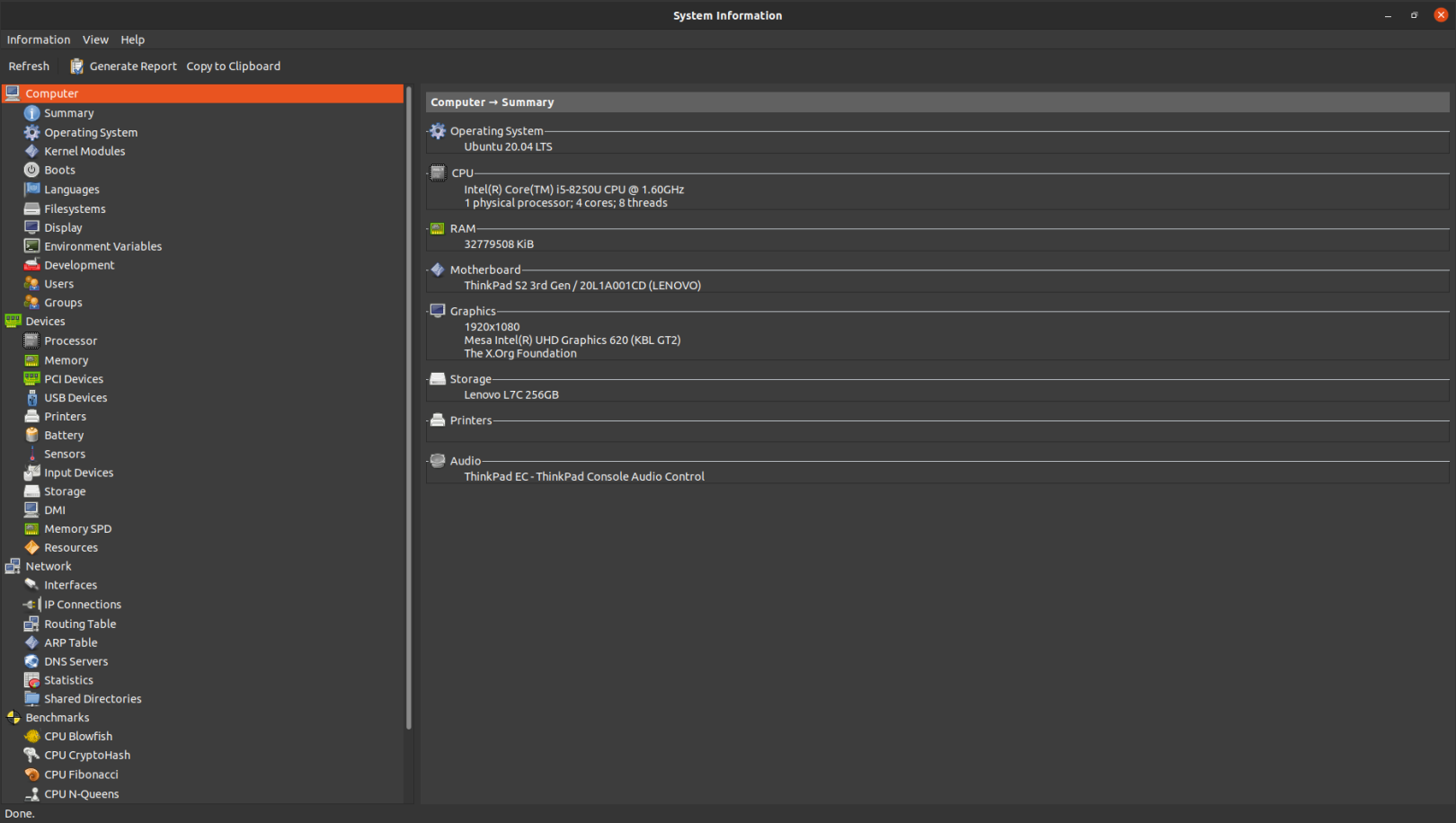 system information
system information
CPU:
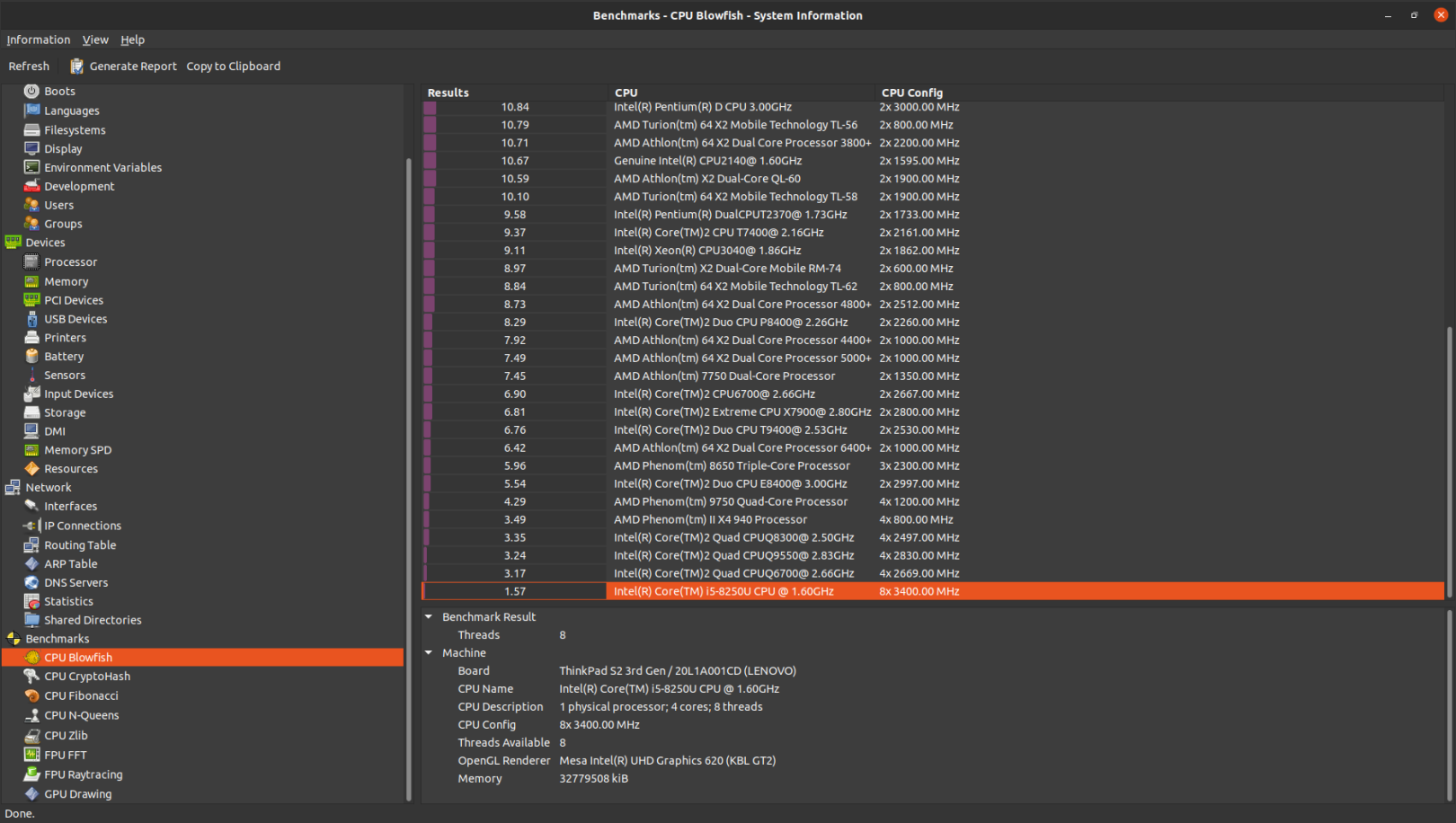 CPU
CPU
FPU:
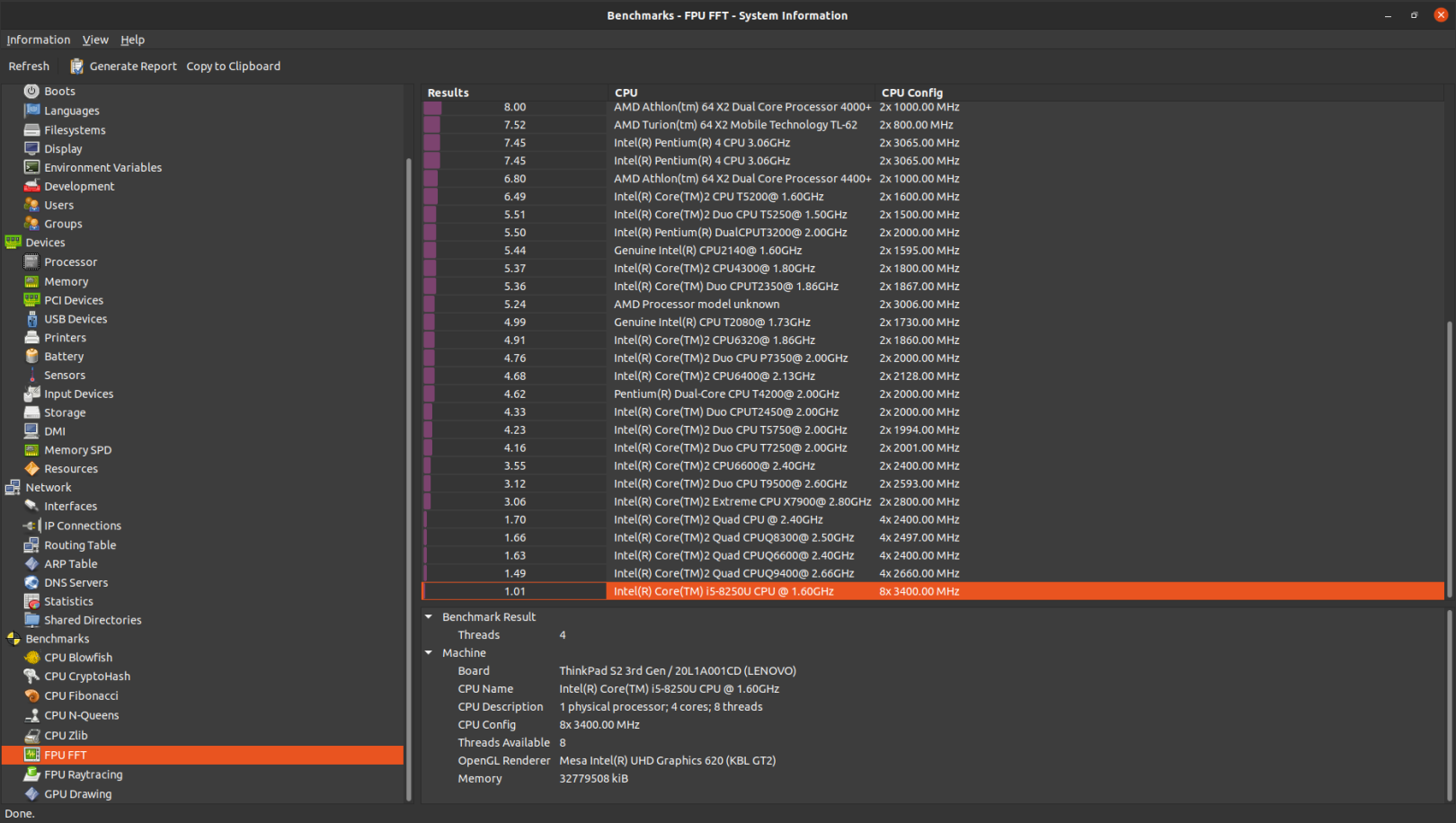 FPU
FPU
The GPU is mainly 2D, which is ignored here.
Besides that:
- Sysbench:sudo apt install sysbench
- **Stress:**sudo apt install stress
- **S-tui:**sudo apt install s-tui stress
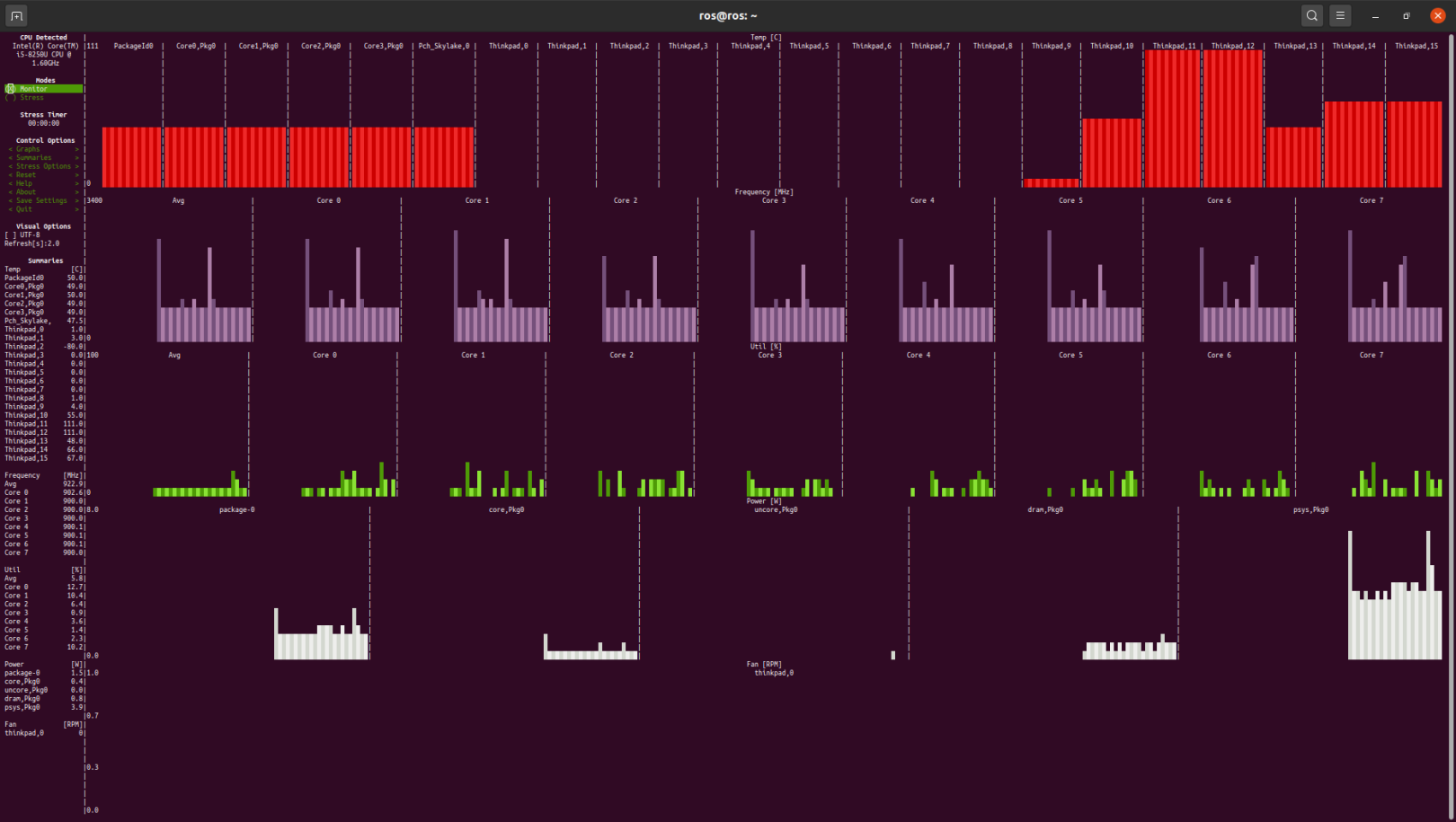 S-tui
S-tui
These softwares have their own characteristics. They are free and open source utilities that can run CPU benchmark tests on the system.
Linux is not known for its gaming capabilities and possibilities. Naturally, there are not many GPU benchmarking tools available for users to test their graphics hardware. However, some benchmark test suites can help accurately determine various aspects of GPU performance. These are very important for reaching reliable conclusions, for comparing technical and numerical values, or for satisfying how things work. Technically speaking, all GPU benchmarking tools available in Linux can of course only be tested under the OpenGL renderer. Although the GPU may be compatible with some versions of Direct3D, this renderer cannot be tested under Linux.
GLX-Gears
GLX gears is a popular OpenGL test that is part of the "mesa-utils" package.
installation:
sudo apt-get install mesa-utils
use:
glxgears
This will open a window containing an OpenGL rendering of a simple arrangement of three rotating gears. The frame rate is measured every five seconds and printed out on the terminal. The tool is very old and very basic, and only tested a small part of today's OpenGL features. In the past, it was used to determine whether a proprietary driver was installed and operating normally, because the performance of the open source driver was good enough that it would pass this test. Today, no difference between the two will be noticed in glxgears.
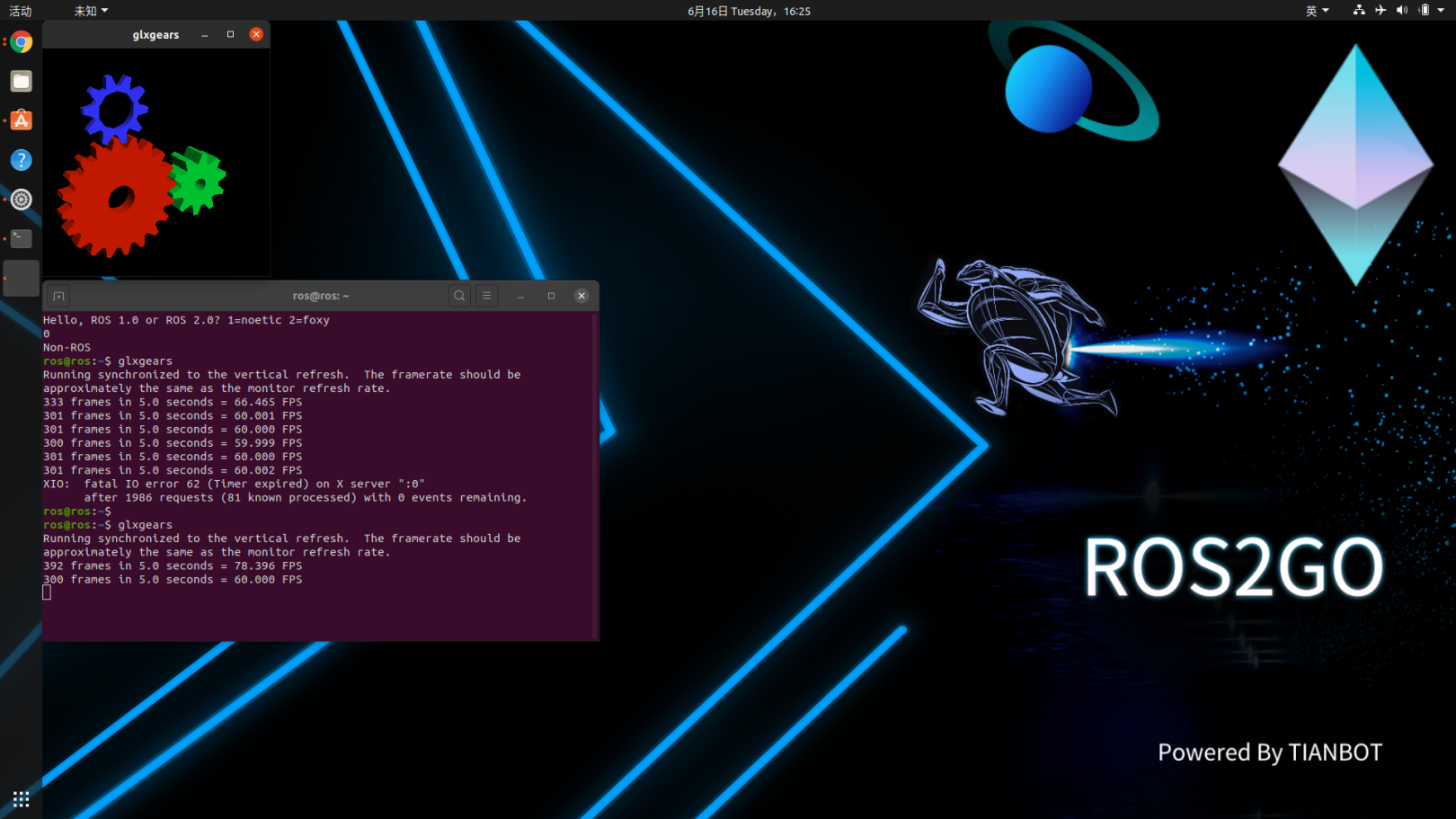 glxgears
glxgears
GL Mark 2
GL mark is a richer benchmark test tool. Contrary to glxgears, glmark provides a series of tests involving all aspects of graphics unit performance (buffering, buildings, lighting, textures, etc.), so that more comprehensive and meaningful tests can be carried out. Each test is performed for 10 seconds, and the frame rate is calculated separately. Finally, users will get performance scores based on all previous tests. This tool has simplicity and perfect operation. It can be found as a pre-built package under the name "glmark2" in most distributions.
installation:
sudo apt-get install glmark2
use:
glmark2
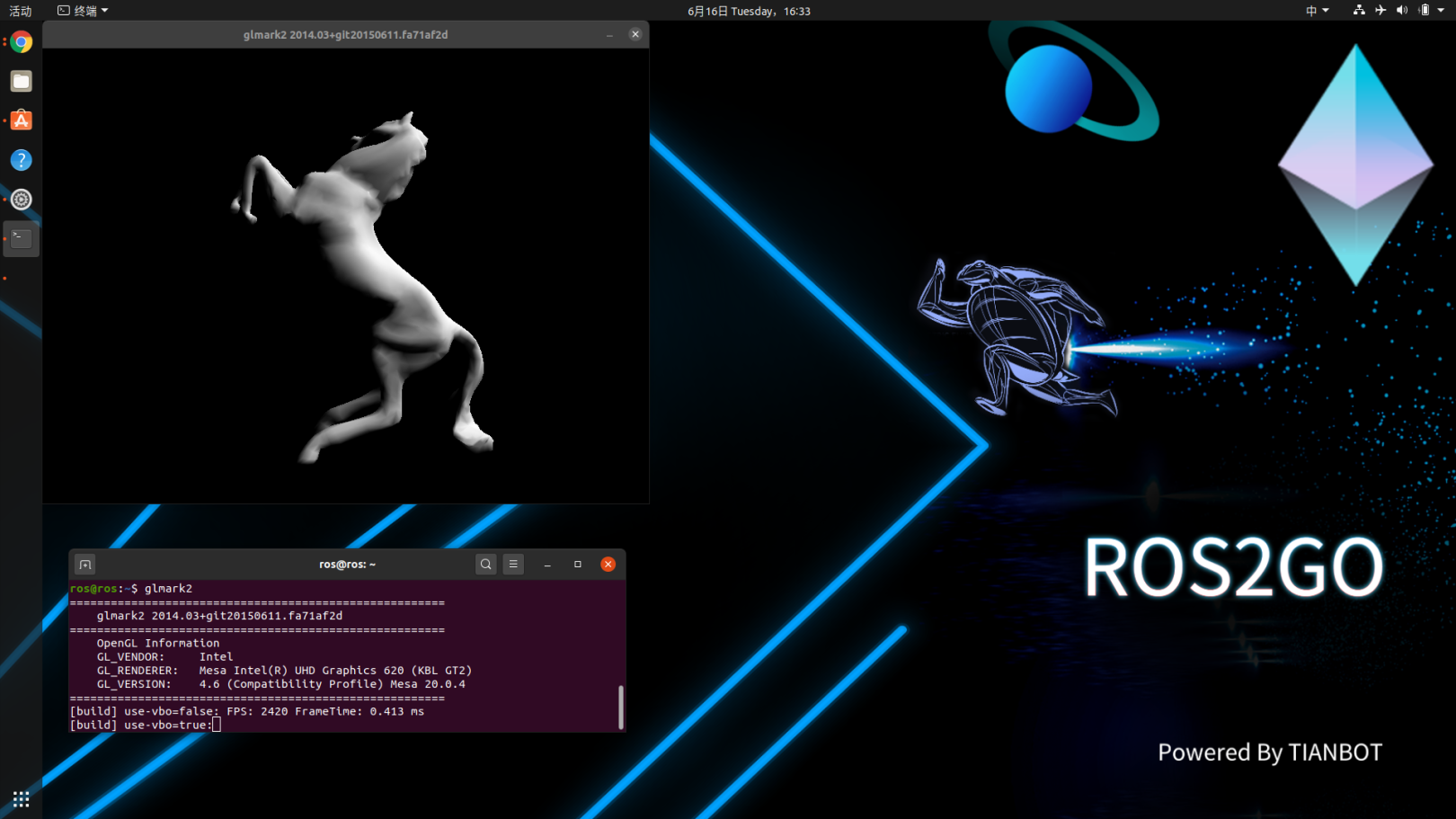 glmark2-1
glmark2-1
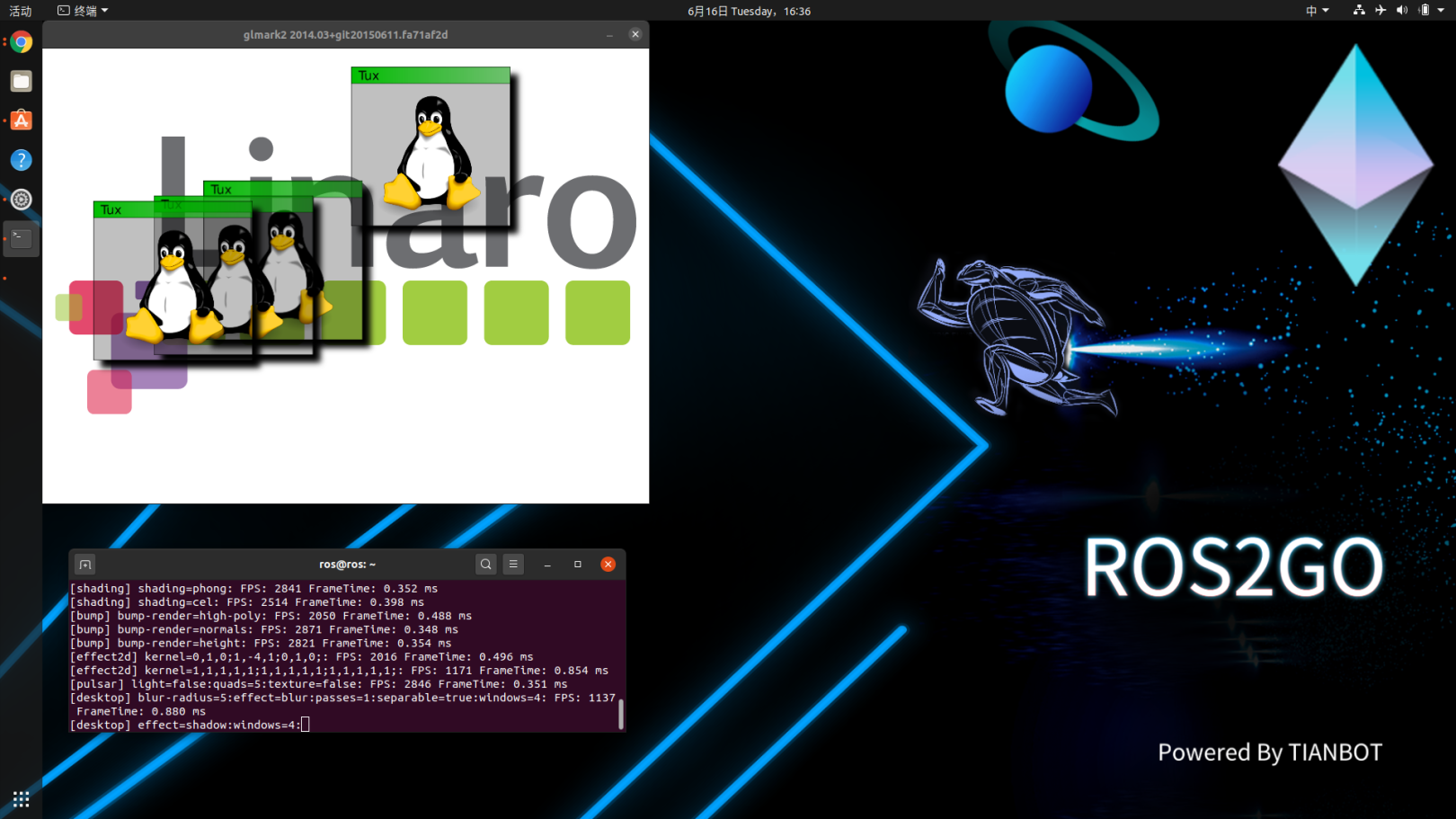 glmark2-2
glmark2-2
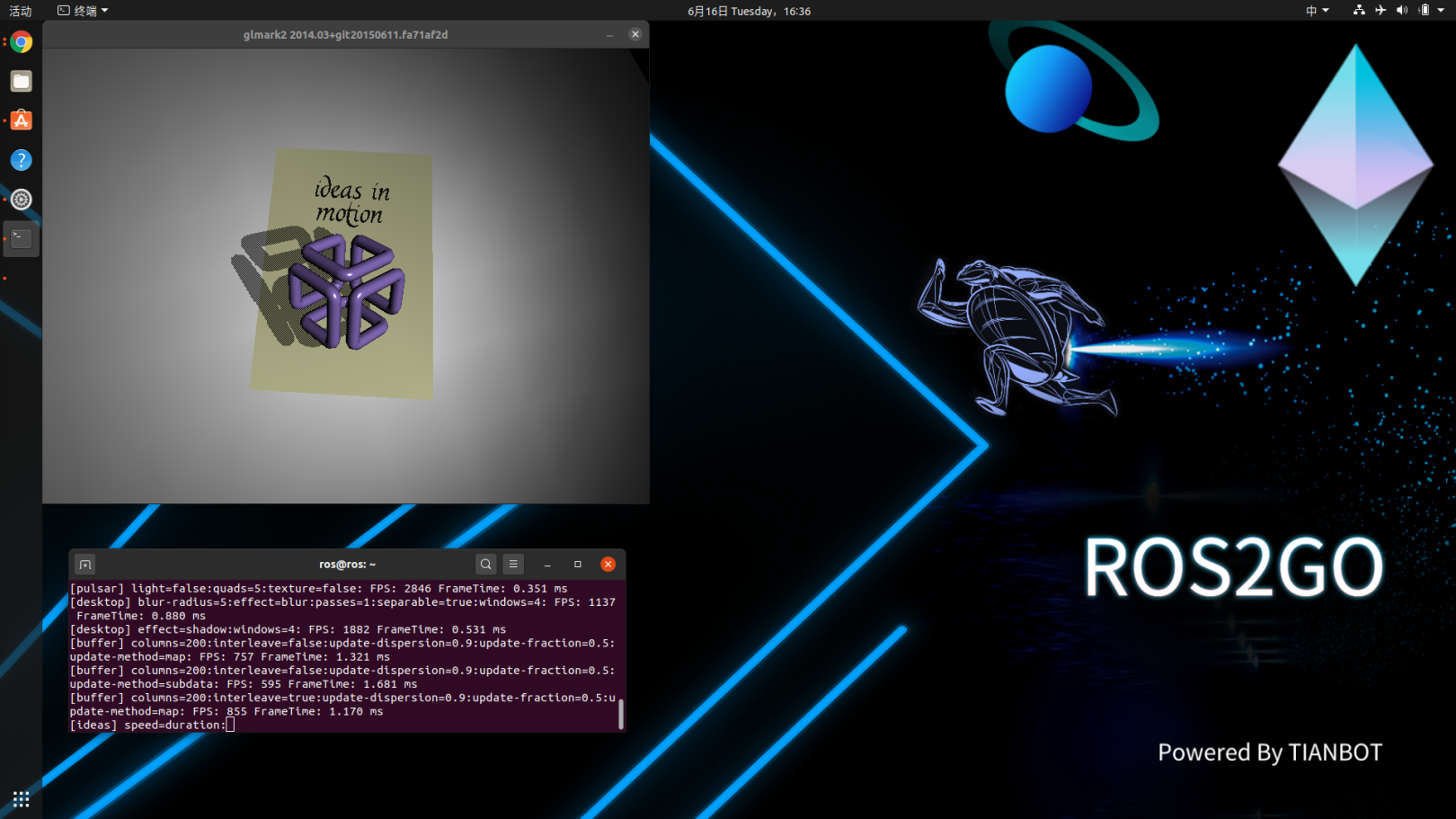 glmark2-3
glmark2-3
Unigine Benchmark Test Tool##
Finally, for users looking for something more advanced than the first two tools, there are four benchmarking tools that use the Unigine 3D engine. These are Superposition, Valley, Heaven, Tropics and Sanctuary, and free versions are available. These benchmarking tools have real-time ambient light occlusion, interaction light from different light sources, HDR rendering, realistic water and dynamic sky with atmospheric light scattering. Users can also set the anti-aliasing level, texture quality and filtering, anisotropy and shader quality. In addition to clicking the "benchmark" button (which will fully test the hardware in ten steps), you can also wander freely, change the time of day (which will change the lighting conditions of the world) and accurately determine the conditions of the most "bent" hardware.
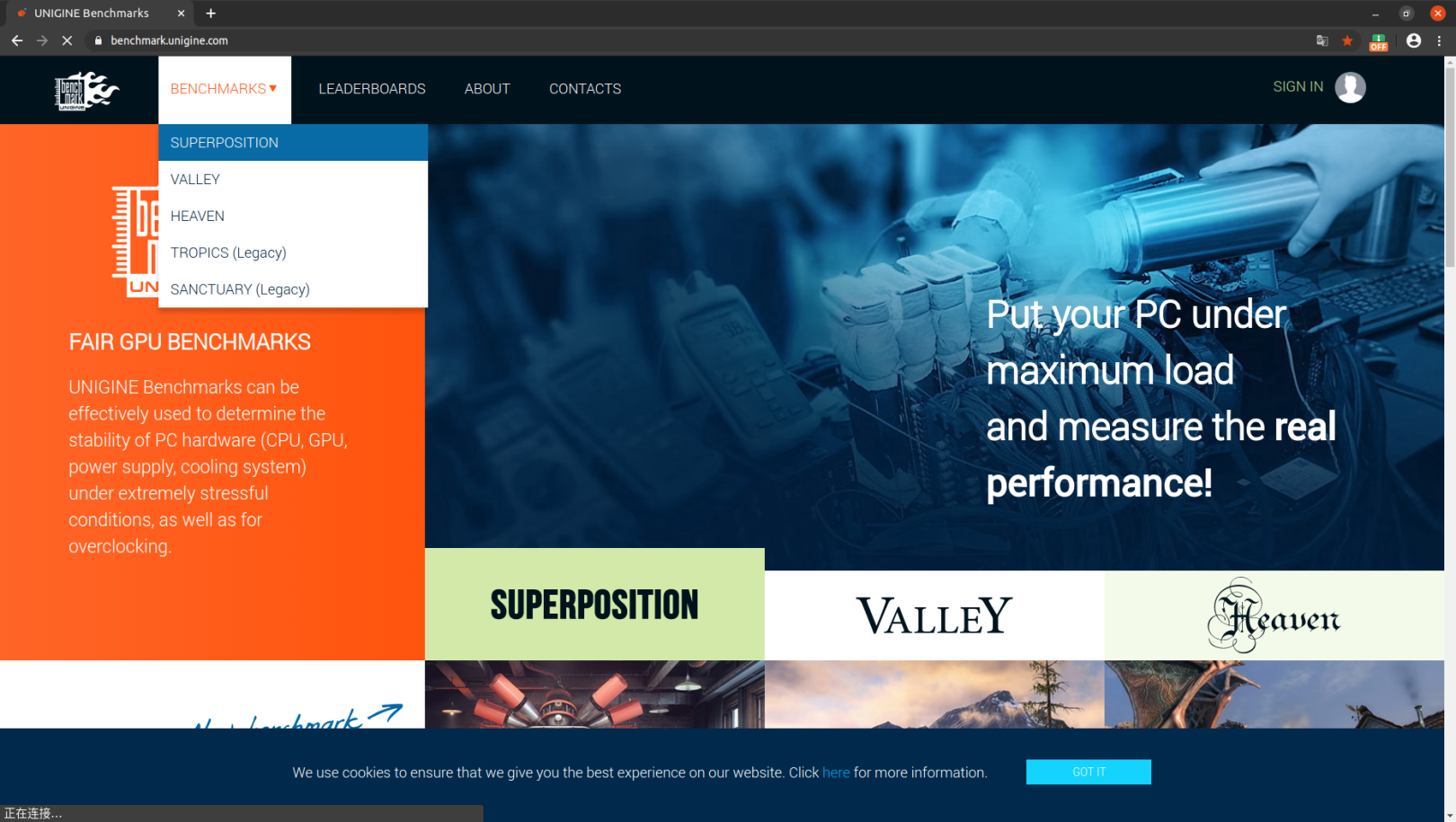 Unigine
Unigine
- The smallest Sanctuary, launched in 2007, the Linux package is only 28MB;
- The largest Superposition, launched in 2017, the Linux package has reached 1564MB.
Termius is an SSH client that can run on desktop and mobile devices
Recommended Posts